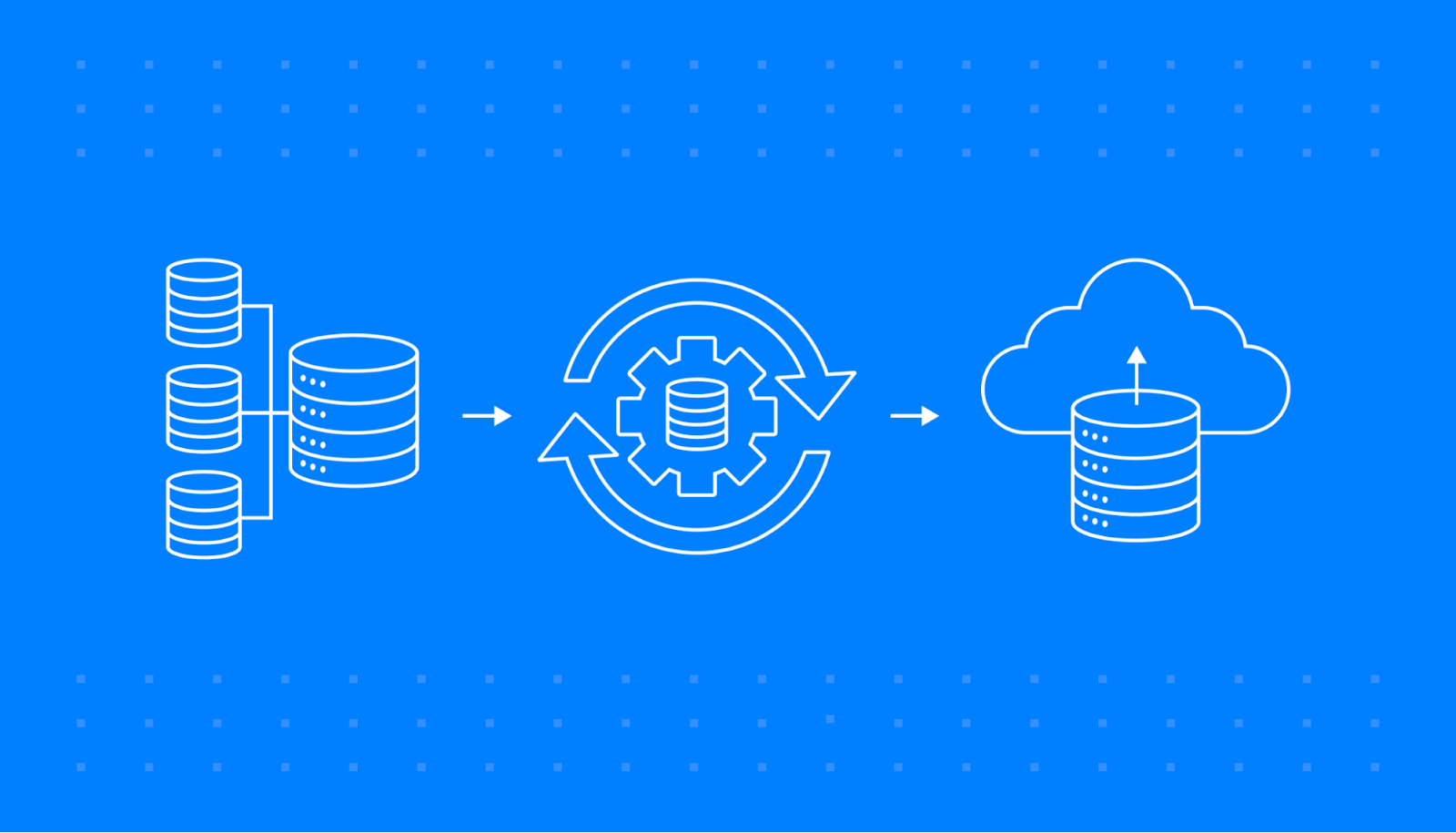Adding controls at run-time in your form? Your controls might not work as expected, if you haven't considered this already

Imagine a situation where you need to add controls to a form, on run time. You have a dynamic source, (example, a booking app, where user would keep on adding newer choices, and you need to bring them to your form as checkboxes -- there is no prefixed set of choices beforehand: it would vary), and you need to add controls to your form by looping through your datasource. A cool way of doing this is to use: Form build controls. For example, for the above situation, you can add FormBuildCheckBoxControl. Or if you need to fill in into a combobox control, you might use FormBuildComboBoxControl. So what are FormBuild controls actually? For example, the FormBuildComboBoxControl class lets you create, read, update, and delete X++ code and metadata. It behaves as if you are still in designing the UI and can keep on changing the metdata of various controls, while actually you are running the code. How to add a FormBuild control: The following code shows that ...


